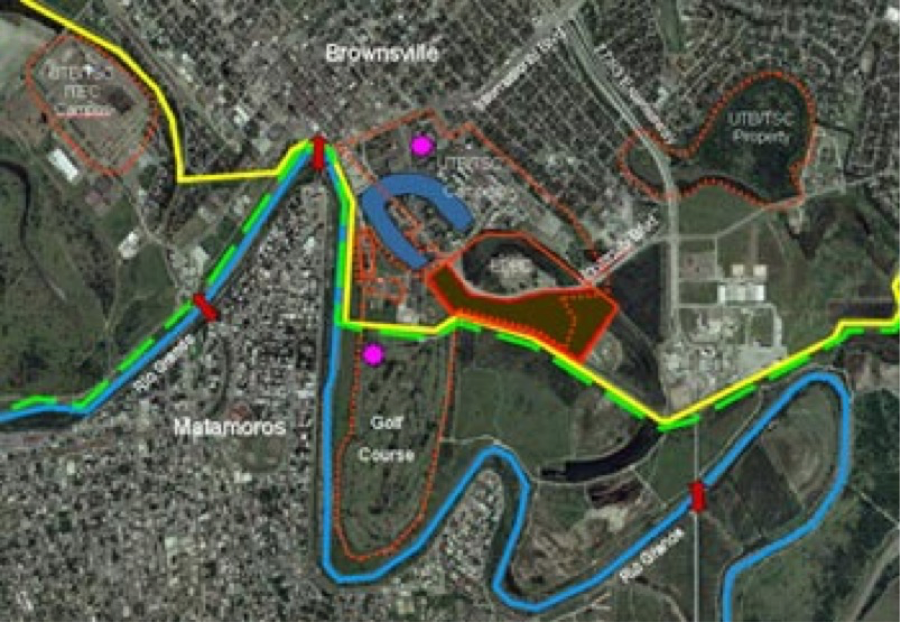I was at the 2015 Greater Austin Crime Commission annual luncheon last week where we heard the new UT Chancellor make an address that included his concerns about the existence of terrorism in many parts of the world and their potential of coming to the States. His comments brought back some thoughts I had in 2011 and 2012 when there were discussions on the UT Austin campus about having the outgoing Mexican President Felipe Calderon, spending a year’s sabbatical here. While that would have been an important contribution to scholarship and improved understanding of relations with Mexico, his administration’s efforts to control the several Mexican Cartels were punctuated with violence. I had some concerns that with Nuevo Laredo then a hotbed of violence only 235 miles south down IH35 that it was an easy reach for someone who bore him a grudge to attempt violence here on our UT Austin campus.
The very nature of a university campus is open architecture and supportive of students to explore topics, people and disciplines. The existence of the violence we see in much of the Middle East and for the last decade in Mexico is antithetical to the way most universities are constructed and the social norms on a campus. I thought of this during Chancellor McRaven’s address and then when I got the below clip from National Public radio.
Several years ago I was at an early fall UT football game . Often UT Austin Police officers would drop by and we will talk about campus and city policing issues. This particular game officers ran late and said they almost did not make the game. As I recall our conversation, several had initially been advised to be at the airport for a UT plane to take them to the UT Brownsville campus. Brownsville and the UT campus had been following a violent firefight across the Rio Grande between a Cartel group and the Mexican Marines. The fight had begun in a central neighborhood of Matamoros and the Marines were pushing the Cartel fighters north toward the Rio Grande. The UT campus realized their golf course on the river was in direct line of the fighting and decided to run, I guess, a skirmish line, of UT Police to protect the buildings, students, et al.
While the original design of the UT Brownsville campus may have been an appealing approach to the Rio Grande and the international quality that the neighboring Matamoros provides, that makes far less sense when the neighbor is dissolving into chaos. Some years ago I taught on the UTEP campus when we ran our graduate program there and would watch a similar situation develop in the western part of the city of Juarez. It reached a peak about 2011 when there were 9 to 10 murders daily in that city as two Mexican cartels fought for control of the city and the drug and human trafficking routes into the U.S. via El Paso.
I am very doubtful that Mexico will turn the corner in the next few years from the violence that plagues much of the country. It seems to be endemic in some of its southern states such as Guerrero and moves along the border from Tijuana to Juarez to Nuevo Laredo to Reynosa and then Matamoros. Reynosa and Matamoros currently seem the most violent on the border.
I find several reasons for the violence. One is the nature of Mexican government that continues to be corrupt in many regions and regarded cautiously by Mexican citizens. Another is the very large youthful population of Mexico lacking advanced education and jobs. Quick wealth from the Cartels is appealing. Another is the fact that even poorer and more desperate groups lie in the countries to the south of Mexico and thousands risk crossing Mexico coming to border cities like McAllen. For all these populations the relative wealth of the United States is a magnet to draw many different groups to the country from tens of thousands unaccompanied minors, to laborers seeking work, to families fleeing poverty and violence to Cartels providing drugs and labor to exploit.
The Texas border cities, Brownsville, McAllen, Laredo, Eagle Pass and El Paso, are ground zero to use military terminology and Austin is next in line.
Several of us on the faculty of the School of Social Work and officers with the Austin Police are working on a Federal grant that in many ways deals with the immigration coming from Mexico and Central America into certain neighborhoods of Austin. This link leads to a copy of a Journal report of our recent findings that was released at the GACC luncheon on March 26. In the coming years more neighborhoods in Texas cities will experience what we are seeing in Rundberg.
http://www.profdevjournal.org/rundberg.html
